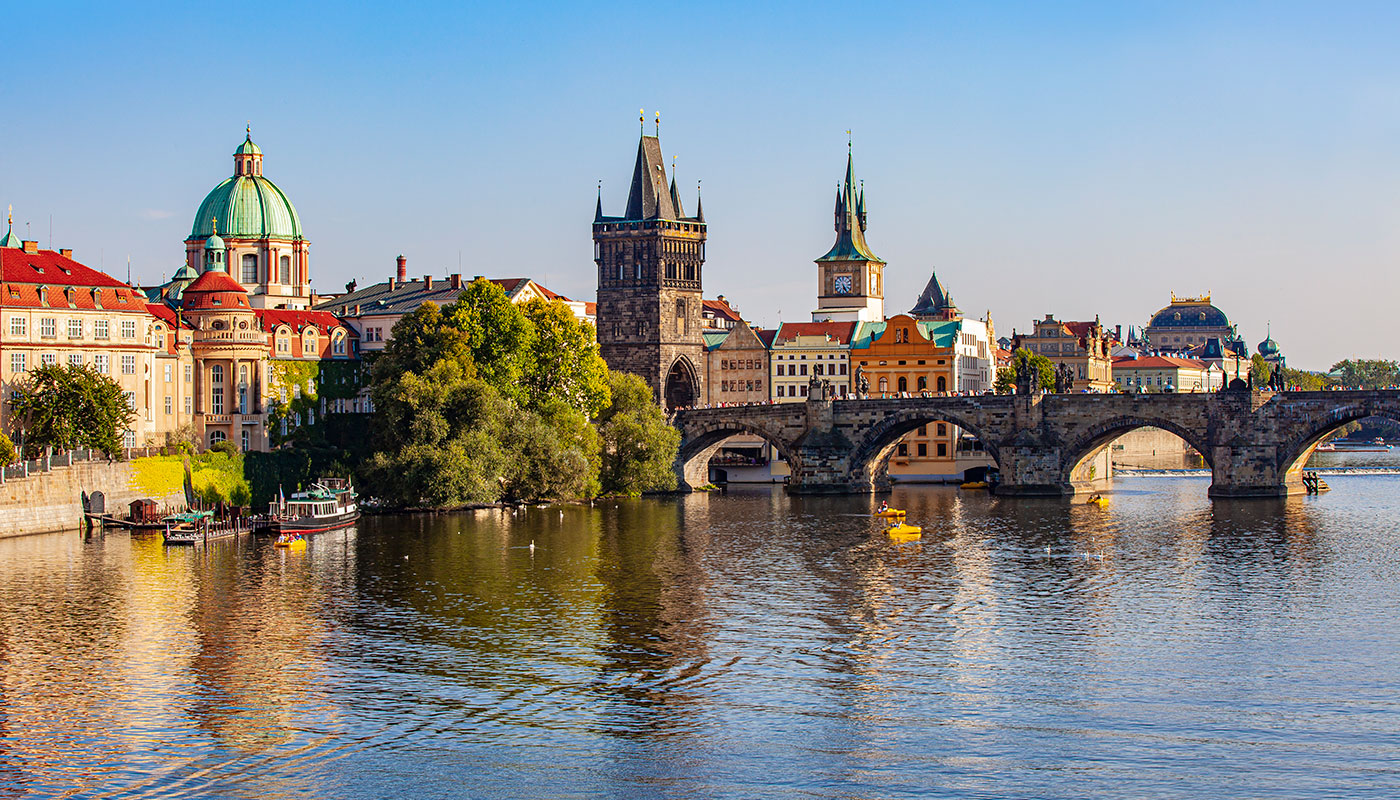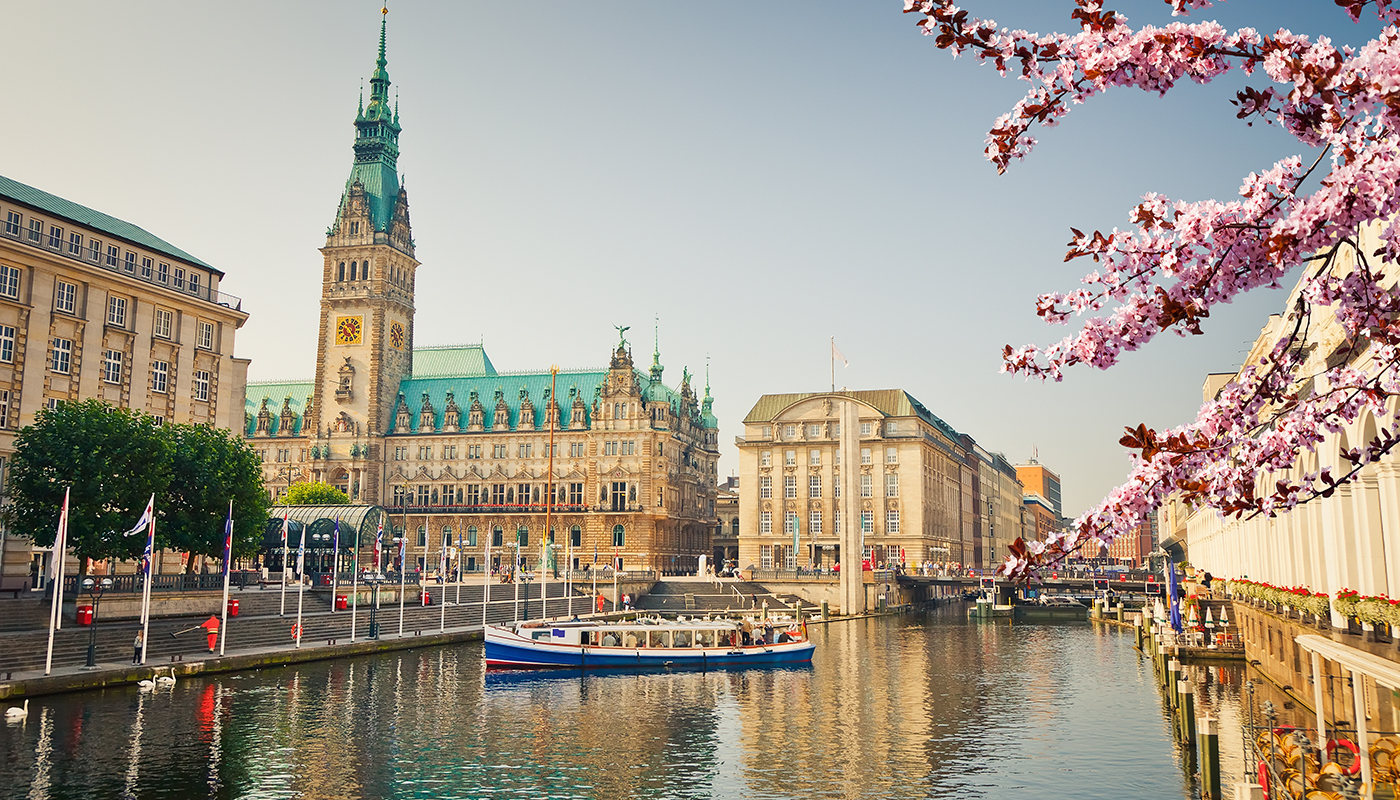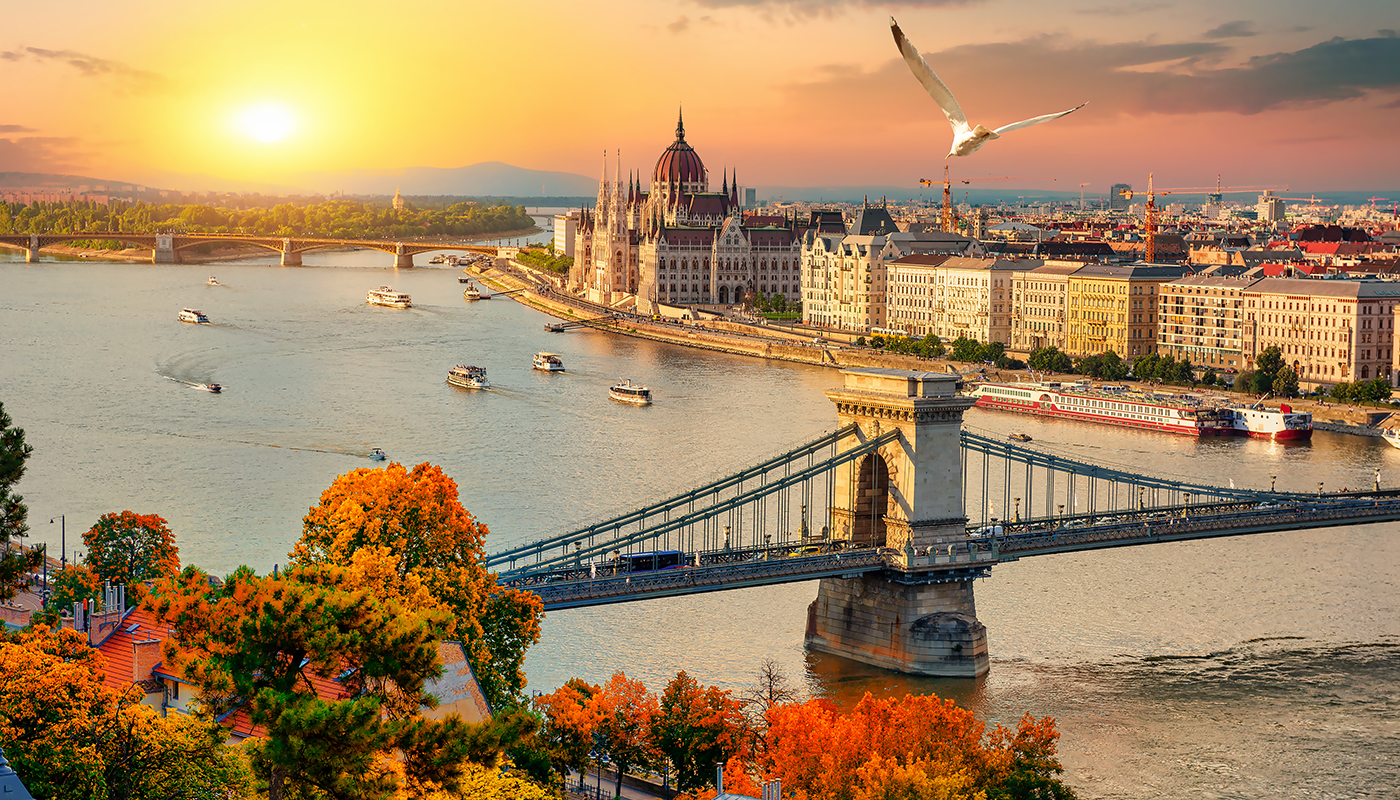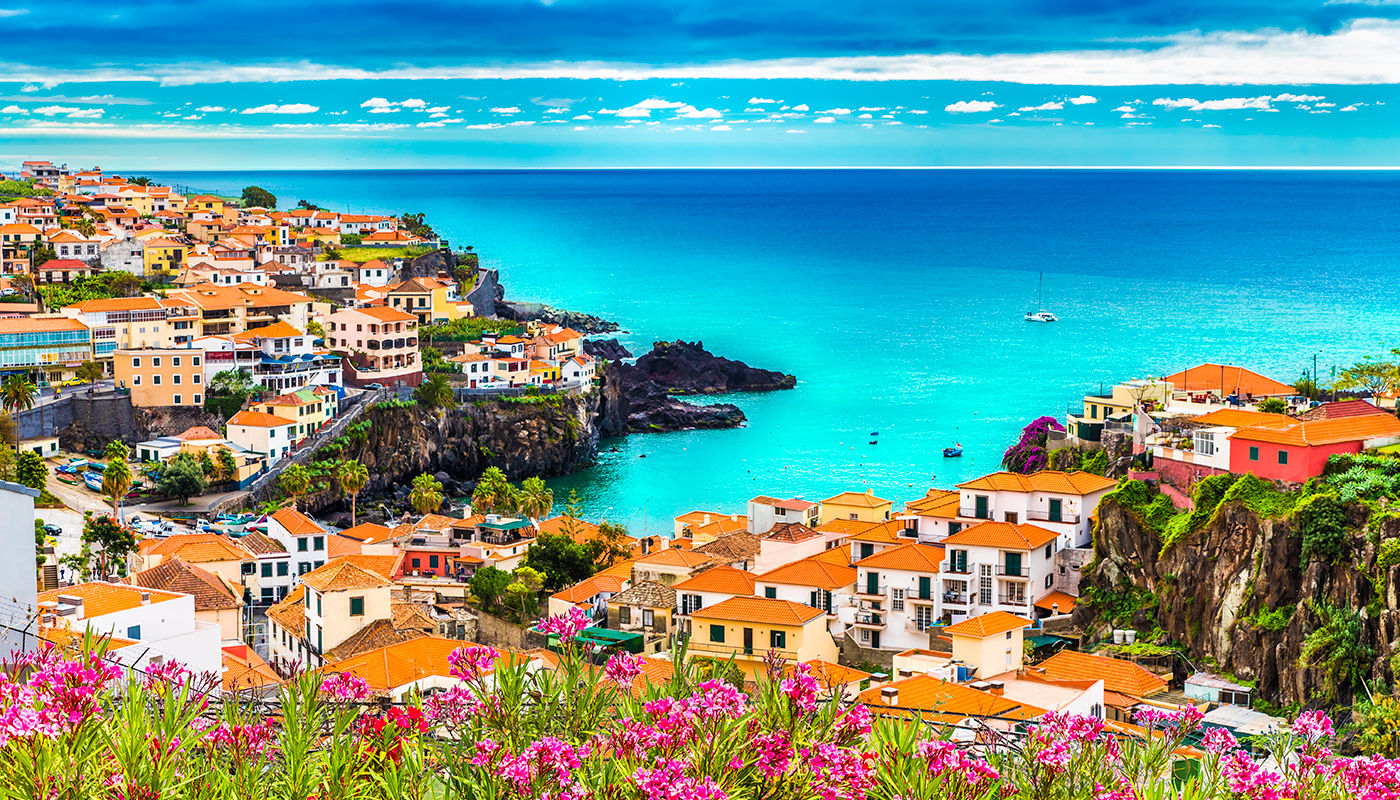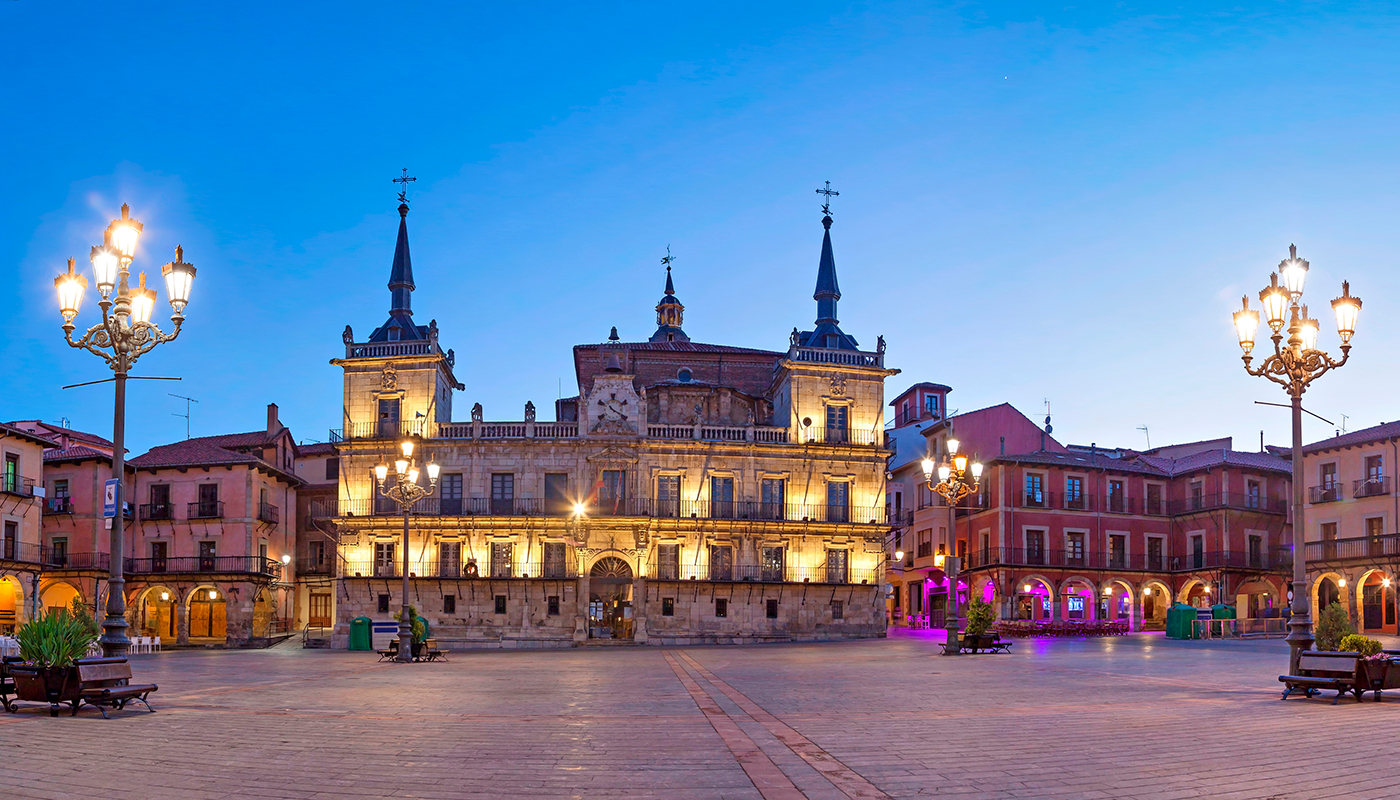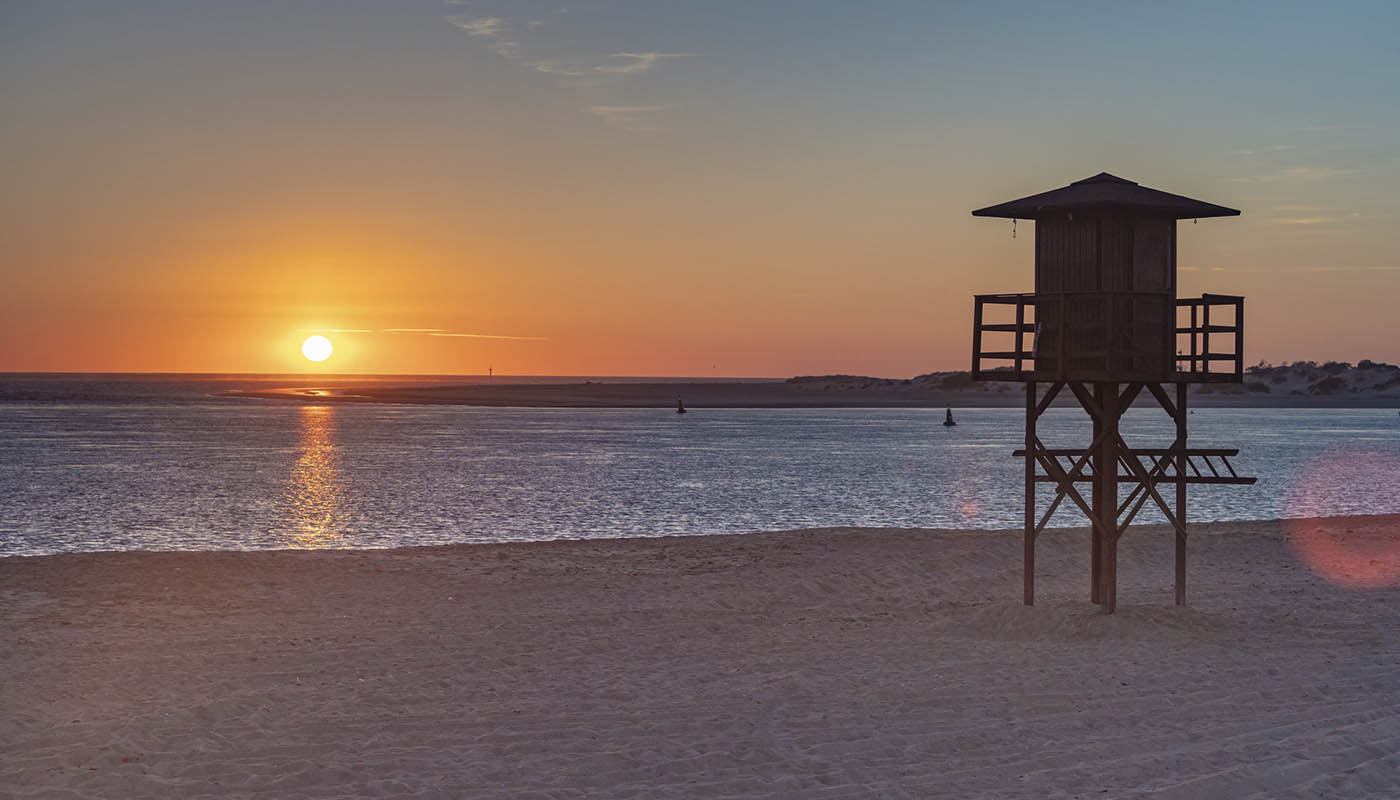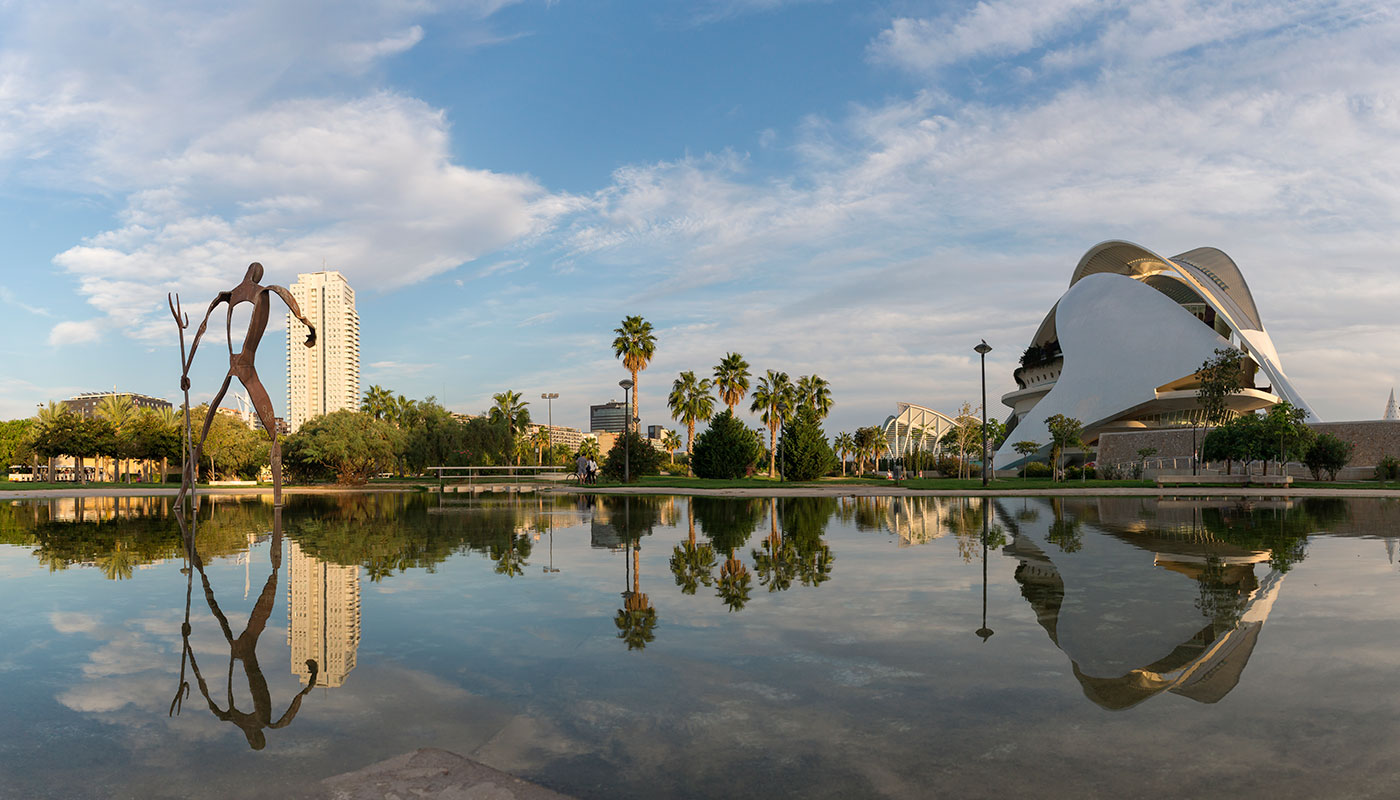Dresden’s Frauenkirche is much more than a church; it is a symbol of peace and reconciliation, a monument that has seen its Baroque splendour restored after decades of ruin. Located in the heart of the city, the Lutheran church, whose dome stands out against the Dresden skyline, is a place of both spiritual and historical pilgrimage. Its history spans centuries, from its construction in the eighteenth century, through its destruction during World War II, to its final reconstruction in the twenty-first century thanks to an international initiative. Today, the Frauenkirche invites visitors from all over the world to admire its architectural beauty, enjoy its concerts and remember the past with hope for the future.
The church’s history: from Baroque splendour to wartime ruins
The Frauenkirche in Dresden was built between 1726 and 1743, at the height of the German Baroque, by the architect George Bähr. Its design, inspired by the Protestant Baroque architectural movement, is unique in Germany and is notable for its large dome, known as the ‘Stone Bell’, due to its impressive shape and size. The church quickly became an emblem of the city and one of the most representative buildings of European Baroque, attracting both local and international admirers.

However, on 13 and 14 February 1945, Allied bombing raids almost completely destroyed Dresden city centre, and the Frauenkirche was no exception. The church collapsed under the intense heat into a pile of rubble that remained unchanged for almost 50 years as a silent reminder of the devastation of war. In 1994, its reconstruction began, an ambitious project funded by donations from around the world that was completed in 2005. The Frauenkirche was rebuilt and reopened to the public, reborn as a symbol of peace and reconciliation.
Architecture: the dome that defied gravity
The architecture of the Frauenkirche is one of the most outstanding examples of German Baroque and, in particular, of its adaptation to a Protestant church. George Bähr designed the building in the form of a Greek cross, with an almost circular plan supporting a magnificent dome spanning a diameter of 24 metres and a height of 67 metres. The sandstone-clad dome was considered an engineering marvel at the time, capable of supporting its own weight without the use of external buttresses, a technical achievement that still impresses architects and visitors alike.

The church’s interior, with its pastel decorations and marble-carved altar, has a serene and majestic atmosphere. During the reconstruction, Bähr’s original plans were followed, with the addition of several modern features, including pieces of the original rubble that were carefully reintegrated into the structure. This balance between old and new makes the Frauenkirche a unique monument, where every architectural detail tells a story of rebirth and forgiveness.
What to see: a space for spirituality and culture
The Frauenkirche is not only a religious site; it is also a cultural space and a place of memory. Walking through the interior, visitors can see the reconstructed altar, the original frescoes that survived the bombing and fragments of the old structure, which were integrated into the new construction. The church offers a sense of deep connection with the past, especially when looking at the blackened stone remains of the south wall, silent witnesses to the horrors of war.
The Frauenkirche also regularly hosts concerts and cultural events, taking advantage of its excellent acoustics and solemn atmosphere. These concerts, ranging from classical to choral music, with the church organ playing a key role, are one of Dresden’s main attractions, giving visitors the opportunity to enjoy music in a unique setting. What’s more, climbing the dome is an unforgettable experience, as it provides panoramic views of Dresden and the Elbe region, reminding visitors of the beauty and strength of this historical city.

Planning your visit: opening hours and recommendations
La Frauenkirche está abierta a visitantes de lunes a viernes, de 10:00-11:30 y 13:00-17:30 horas, y el fin de semana con horarios de visita que suelen variar según la temporada y los eventos especiales. Para aquellos interesados en asistir a un servicio religioso, la iglesia ofrece misas regulares, abiertas tanto a locales como a turistas. Los conciertos suelen celebrarse en las tardes, y es recomendable comprar las entradas con antelación debido a la alta demanda.
Para quienes deseen subir a la cúpula, es importante tener en cuenta que el ascenso puede ser desafiante, ya que incluye varias escaleras y espacios estrechos. Sin embargo, la vista desde la cima compensa el esfuerzo, ofreciendo una perspectiva inigualable de Dresde y sus alrededores. La entrada a la iglesia es gratuita, pero se aceptan donaciones para el mantenimiento de la estructura, y los ingresos de los conciertos ayudan a financiar su conservación.








